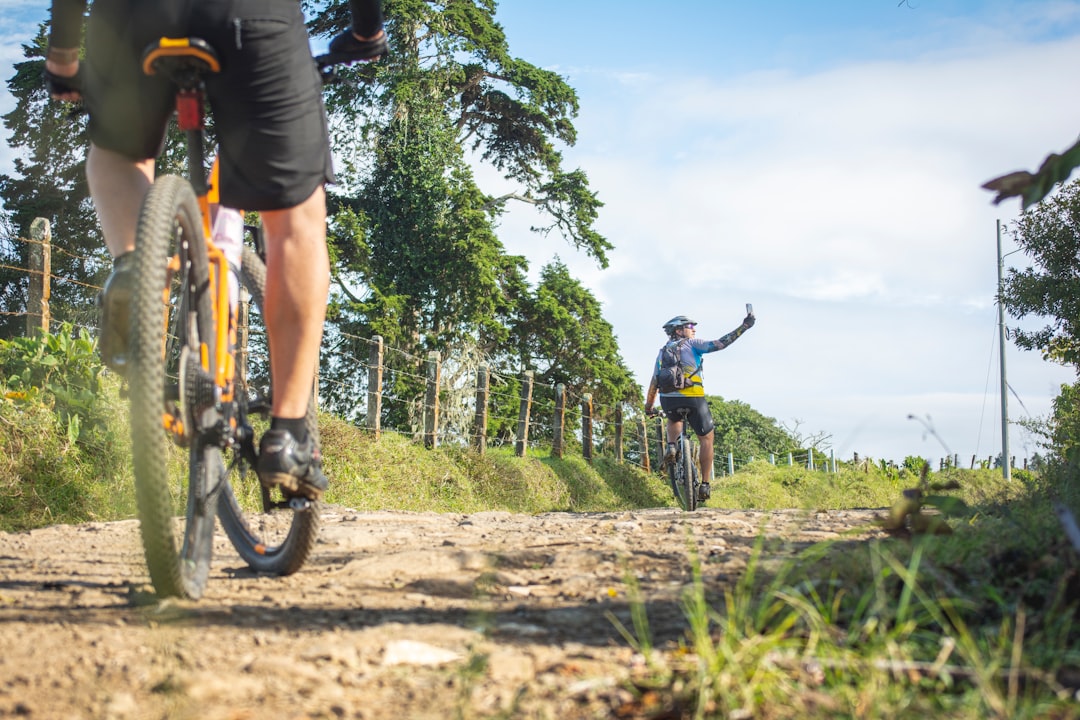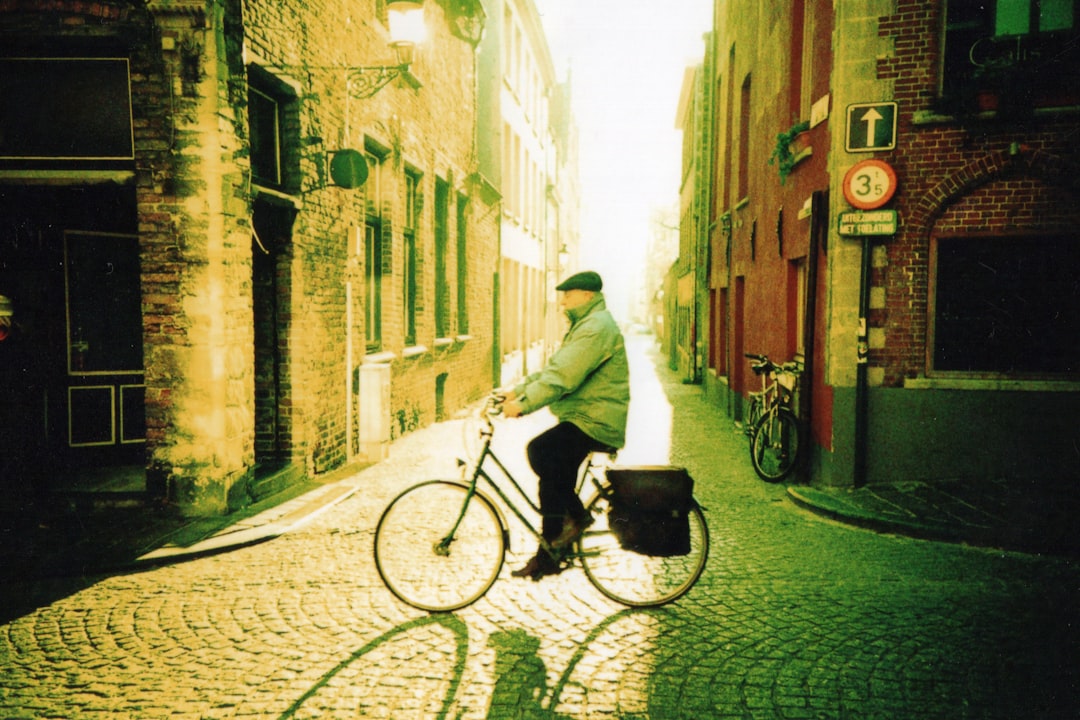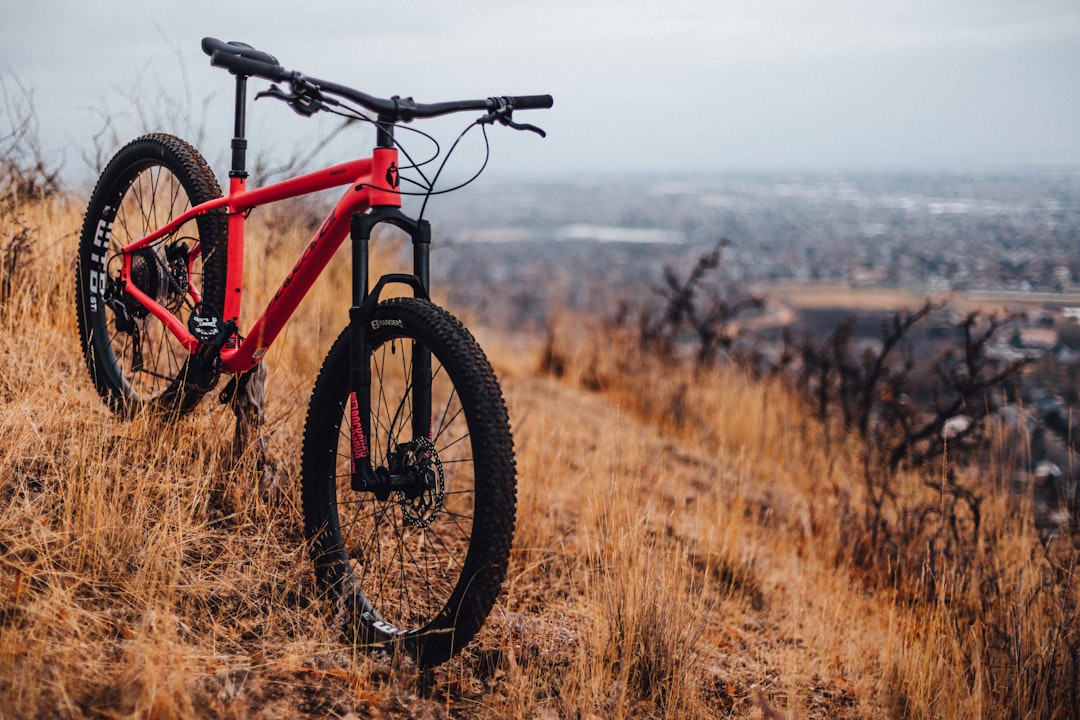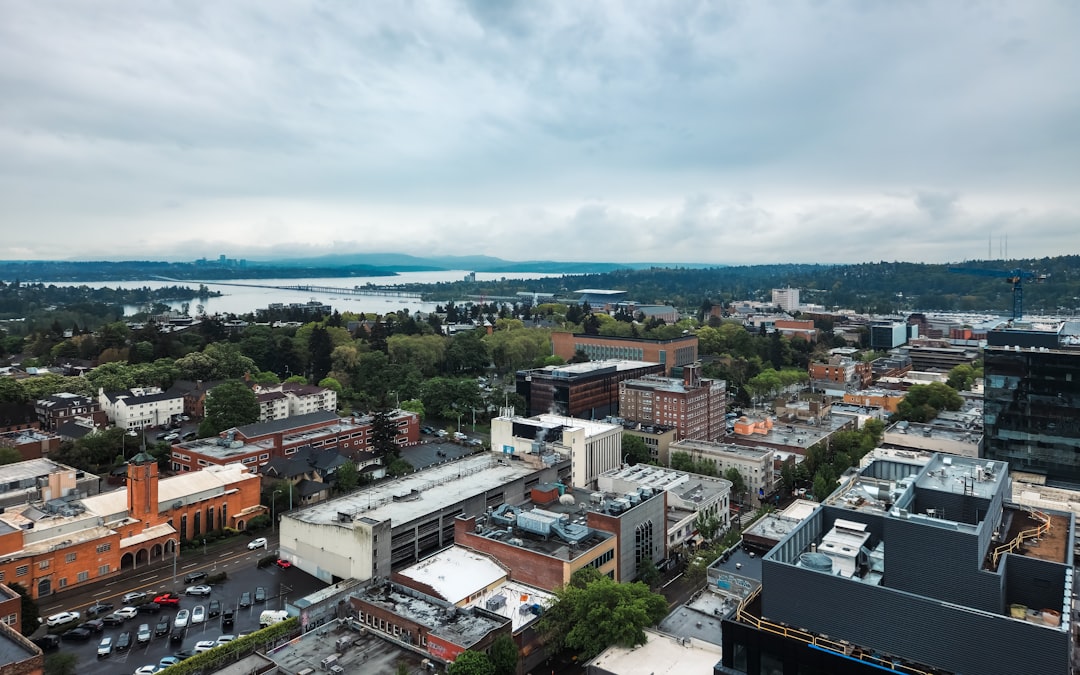Touring bikes represent a unique intersection of functionality, comfort, and adventure, designed specifically for long-distance travel. Unlike traditional road bikes or mountain bikes, touring bikes are built to carry heavy loads over extended periods, making them ideal for cyclists who wish to explore new terrains and cultures. The design of these bikes emphasizes stability and comfort, allowing riders to traverse various landscapes without sacrificing performance.
With a focus on durability, touring bikes often feature robust frames, wider tires, and a geometry that promotes an upright riding position, which is essential for long hours in the saddle. The allure of touring bikes lies not only in their physical attributes but also in the experiences they facilitate. Cyclists can embark on journeys that take them through picturesque landscapes, bustling cities, and serene countryside.
The freedom to explore at one’s own pace, combined with the ability to carry essential gear and supplies, makes touring bikes a popular choice among adventure seekers. Whether it’s a weekend getaway or a months-long expedition, these bikes are designed to handle the rigors of travel while providing a sense of connection to the environment and the communities encountered along the way.
Key Takeaways
- Touring bikes are designed for long-distance travel and are equipped with features to handle various road conditions and carry gear.
- When looking for a touring bike, consider features such as a sturdy frame, comfortable saddle, wide tires, and mounting points for racks and panniers.
- Top destinations for touring bike adventures include the Pacific Coast Highway, the Danube Cycle Path, and the Great Divide Mountain Bike Route.
- When planning a touring bike trip, consider factors such as route planning, accommodation, and packing essential gear like repair kits and first aid supplies.
- Essential gear for touring bike adventures includes panniers, a reliable tent, a sleeping bag, a portable stove, and a water filtration system.
- Regular maintenance and care for touring bikes include cleaning and lubricating the chain, checking tire pressure, and inspecting the frame for any signs of wear or damage.
- Safety tips for touring bike adventures include wearing a helmet, using lights and reflective gear, obeying traffic laws, and being aware of road conditions and weather forecasts.
- The future of touring bikes may involve innovations such as lightweight materials, electronic shifting systems, and integrated navigation and communication technology.
Features to Look for in a Touring Bike
When selecting a touring bike, several key features should be considered to ensure it meets the demands of long-distance travel. One of the most critical aspects is the frame material. Touring bikes are typically constructed from steel, aluminum, or titanium.
Steel frames are favored for their durability and ability to absorb road vibrations, providing a smoother ride over rough terrain. Aluminum frames are lighter and often more affordable, while titanium offers a balance of weight and strength but comes at a higher price point. Each material has its advantages, and the choice often depends on personal preferences and budget.
Another essential feature is the bike’s gearing system. Touring often involves varied terrain, from steep hills to flat roads, so having a wide range of gears is crucial. A bike with a lower gear ratio allows for easier climbing, while higher gears enable faster speeds on flat sections.
Additionally, many touring bikes come equipped with multiple chainrings and cassettes to provide an extensive gear range. Furthermore, the inclusion of disc brakes is becoming increasingly common in touring bikes due to their superior stopping power and performance in wet conditions. This feature enhances safety and control, especially when descending steep hills or navigating through unpredictable weather.
Top Destinations for Touring Bike Adventures

The world is replete with breathtaking destinations that cater to touring bike enthusiasts. One such location is the Pacific Coast Highway in California, USThis iconic route stretches along the coastline, offering stunning views of the ocean, cliffs, and charming seaside towns. Cyclists can enjoy a mix of challenging climbs and flat stretches while stopping at various points of interest, such as Big Sur and Monterey.
The combination of natural beauty and cultural experiences makes this route a favorite among touring cyclists. Another remarkable destination is the Danube Cycle Path in Europe, which follows the Danube River through several countries including Germany, Austria, and Hungary. This well-marked route provides cyclists with an opportunity to explore historic towns, vineyards, and picturesque landscapes along one of Europe’s most significant rivers.
The path is mostly flat, making it accessible for riders of all skill levels. Along the way, cyclists can indulge in local cuisine and immerse themselves in the rich history of the regions they traverse.
Tips for Planning a Touring Bike Trip
| Aspect | Tip |
|---|---|
| Route Planning | Research and plan your route in advance, considering distance, terrain, and road conditions. |
| Accommodation | Book accommodations ahead of time, especially in popular tourist areas. |
| Weather | Check the weather forecast for your destination and pack accordingly. |
| Health and Safety | Ensure you have necessary vaccinations and travel insurance, and carry a basic first aid kit. |
| Bike Maintenance | Get your bike serviced before the trip and carry essential tools and spare parts. |
| Navigation | Use GPS devices or maps to navigate, and have a backup plan in case of technology failure. |
| Food and Water | Plan for regular meal stops and carry sufficient water for the journey. |
Planning a successful touring bike trip requires careful consideration of various factors to ensure a smooth experience. First and foremost, it’s essential to map out your route in advance. Utilizing online resources or cycling apps can help identify bike-friendly roads and trails while also highlighting points of interest along the way.
It’s advisable to plan for daily distances that match your fitness level and experience; typically, 50 to 70 miles per day is manageable for most cyclists on long tours. Accommodations are another critical aspect of trip planning. Depending on your preferences, you can choose between camping, hostels, or hotels.
If you opt for camping, ensure you have the necessary gear and check for campgrounds along your route. For those preferring indoor accommodations, booking in advance during peak travel seasons can prevent last-minute hassles. Additionally, consider your food options; packing lightweight cooking gear can allow for meal preparation on the road while also providing flexibility in dining choices.
Essential Gear for Touring Bike Adventures
Equipping yourself with the right gear is vital for a successful touring bike adventure. A quality set of panniers or bike bags is essential for carrying your belongings securely. These bags should be waterproof to protect your gear from rain and moisture while also being easy to attach and detach from your bike frame.
Additionally, consider using a handlebar bag for easy access to items like maps or snacks during your ride. Clothing plays a significant role in comfort during long rides. Investing in moisture-wicking fabrics can help regulate body temperature and keep you dry during varying weather conditions.
Layering is key; having a lightweight base layer, an insulating mid-layer, and a waterproof outer layer will prepare you for unexpected changes in weather. Footwear should also be chosen carefully; cycling shoes that offer good support and comfort are crucial for long-distance rides.
Maintenance and Care for Touring Bikes

Tire Maintenance
Regularly checking tire pressure is crucial; under-inflated tires can lead to increased rolling resistance and make pedaling more difficult. Additionally, inspect your tires for wear and replace them if necessary before embarking on a long trip.
Chain and Gear Maintenance
Keeping your chain clean and lubricated will enhance performance and prolong its lifespan; dirt and grime can cause excessive wear on both the chain and gears.
Brake Inspection and Basic Tools
Another important aspect of bike maintenance is brake inspection. Ensure that your brake pads are not worn down and that they provide adequate stopping power. If you’re using disc brakes, check the rotor alignment and ensure there’s no debris obstructing their function. Carrying basic tools such as tire levers, a multi-tool, and a pump can help address minor issues on the road without needing professional assistance.
Safety Tips for Touring Bike Adventures
Safety should always be a top priority when embarking on a touring bike adventure. Wearing a properly fitted helmet is non-negotiable; it significantly reduces the risk of head injuries in case of accidents. Additionally, wearing bright or reflective clothing enhances visibility to motorists, especially during low-light conditions or inclement weather.
Using front and rear lights on your bike is also crucial for nighttime riding or when visibility is poor. Understanding traffic laws in different regions is essential for safe navigation on public roads. Familiarize yourself with local cycling regulations and adhere to them diligently.
When riding in groups, maintain a safe distance from other cyclists to avoid collisions and communicate effectively with hand signals when changing lanes or making turns. Lastly, always carry identification and emergency contact information; this ensures that you can receive assistance if needed.
The Future of Touring Bikes: Innovations and Trends
The future of touring bikes is poised for exciting innovations that enhance both performance and rider experience. One notable trend is the integration of technology into cycling gear; smart helmets equipped with Bluetooth connectivity allow riders to listen to music or receive navigation prompts without taking their eyes off the road. Additionally, GPS-enabled devices are becoming increasingly sophisticated, providing real-time tracking and route optimization tailored specifically for touring cyclists.
Sustainability is also becoming a focal point in the cycling industry as manufacturers explore eco-friendly materials and production methods. Innovations such as biodegradable bike components or recycled materials are gaining traction among environmentally conscious consumers. Furthermore, electric touring bikes are emerging as a popular option for those seeking assistance on challenging climbs or longer distances without compromising on adventure spirit.
These advancements not only enhance the cycling experience but also promote inclusivity by making long-distance cycling accessible to a broader audience. As cycling continues to evolve as both a mode of transportation and recreation, touring bikes will undoubtedly adapt to meet the changing needs of riders around the globe. The combination of tradition with modern technology promises an exciting future for those who seek adventure on two wheels.















Leave a Reply